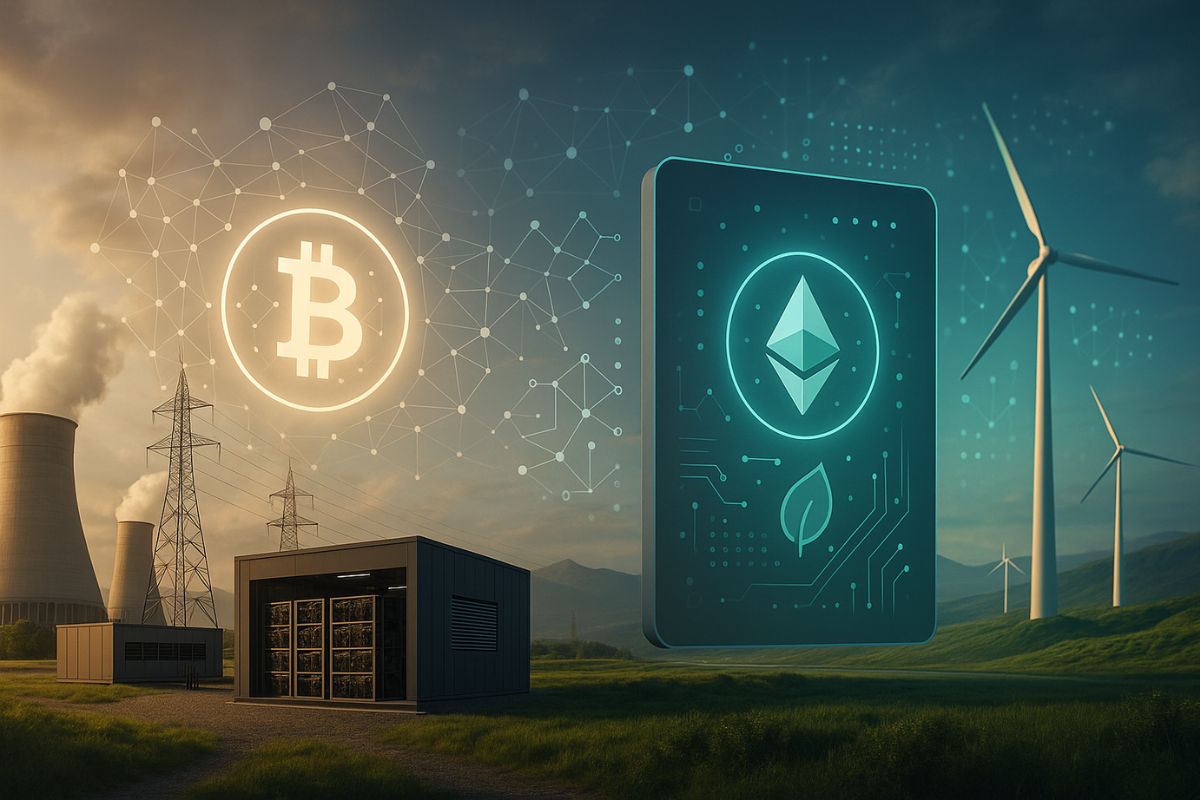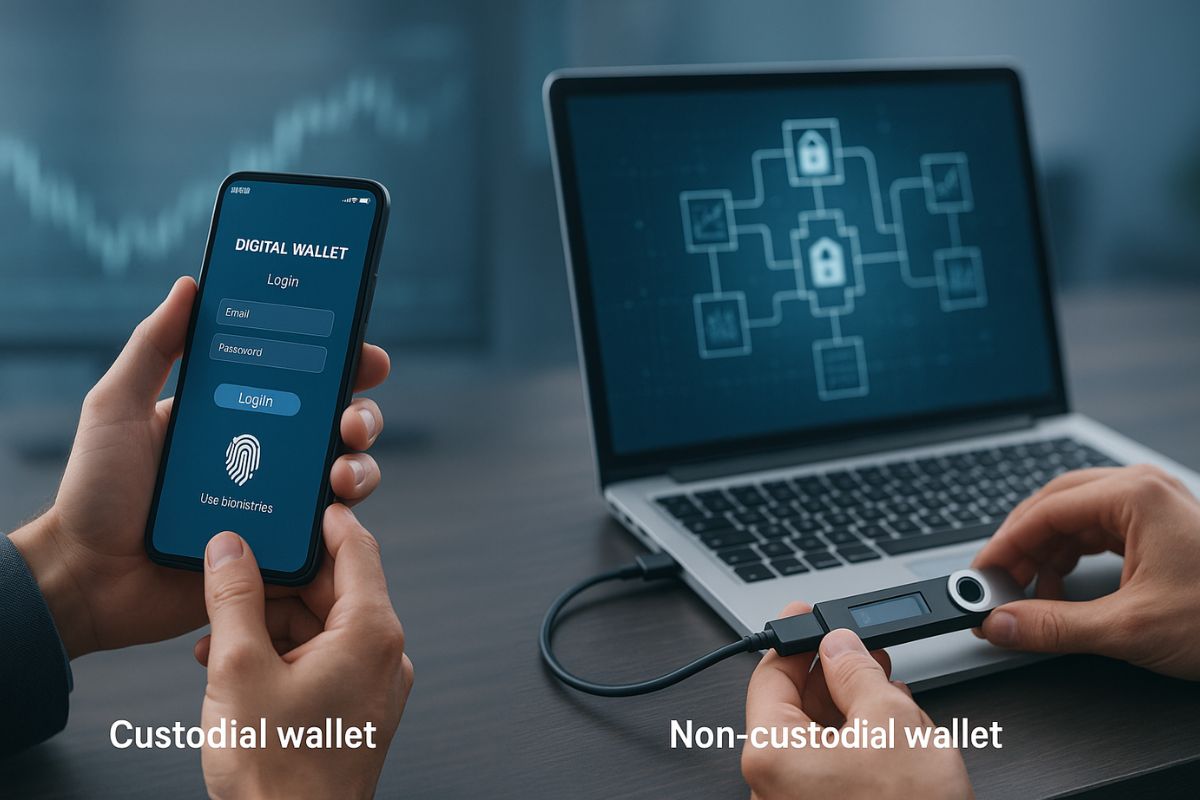
If you have ever bought or sold stocks, you have used an “order book.” An exchange like the NYSE manages this central list of buy and sell prices. The exchange’s job is simply to match these orders. For decades, this was the main way to trade, but the ongoing Fintech Revolution now challenges this traditional model.
But the world of crypto finance lacks a central company to manage an order book. So, how can you trade one digital asset for another without a middleman? An Automated Market Maker, or AMM, provides the answer. This technology powers most decentralized exchanges (DEXs). It makes open and permissionless trading possible for everyone.
A Quick Guide to AMMs
This article explains the technology behind decentralized trading. We will also show how it differs from traditional finance. Here’s a brief look at the concepts we’ll cover:
- What an AMM Is: We’ll look at the core idea of replacing order books with asset pools and a simple math formula.
- The Role of Liquidity Pools: We’ll explore where trading assets come from and how anyone can become a “liquidity provider” to earn fees.
- How Prices Are Determined: We’ll break down the powerful algorithm that automatically sets an asset’s price based on the pool’s balance.
Moving Beyond the Order Book
An AMM uses a different approach instead of matching individual buyers and sellers. It creates a large pool of assets, which usually contains a pair of two different tokens. For example, a popular pool might hold Ethereum (ETH) and a stablecoin like USDC. Users known as Liquidity Providers (LPs) fund these pools.
When you trade, you do not interact with another person directly. Instead, you trade with the pool itself. If you want to sell your ETH for USDC, you deposit your ETH into the pool and withdraw USDC from it. The AMM’s magic is the math formula that determines how much USDC you get, setting the price automatically.
The Constant Product Formula: A Simple Rule
The most common formula AMMs use is elegantly simple. People often call it the “constant product formula,” and it works like this:
Quantity of Token A in the Pool * Quantity of Token B in the Pool = Constant Value
Let’s imagine a pool with 1,000 ETH (Token A) and 4,000,000 USDC (Token B). The constant value is 4 billion (1,000 * 4,000,000). The AMM’s only job is to ensure the product of the two token amounts in the pool always remains 4 billion after any trade.
If a trader wants to buy 1 ETH, they remove it from the pool. To keep the formula in balance, they must add enough USDC to bring the product back to 4 billion. The amount of USDC they add determines the price of that 1 ETH. As traders buy more ETH, the amount left in the pool decreases. This means they must pay a higher price in USDC for each new token. This simple rule adjusts the price based on supply and demand, showing how even complex trading can be governed by specialized probability tools.
Who Provides the Liquidity?
These asset pools do not appear out of nowhere. Individual users who want to put their idle crypto assets to work fund these pools. These Liquidity Providers (LPs) deposit an equal value of both tokens into the pool. In return for providing their capital, they receive a small fee from every trade that happens in that pool.
This system creates a powerful incentive. The more trades in a pool, the more fees the LPs earn. This activity is the foundation of a very popular DeFi strategy. However, providing liquidity has unique challenges. LPs must understand how to approach navigating risk in DeFi yield farming before they commit their funds. Issues like impermanent loss can greatly impact their overall returns.
The Governance of AMMs
While an AMM’s core formula is simple, important decisions remain about how a decentralized exchange operates. For example, what should the trading fee be? 0.3%? 0.05%? Should the protocol expand to new blockchains?
A community of users often makes these decisions. DAOs often set the rules and fee structures for these AMMs. In a DAO, holders of the exchange’s governance token can vote on proposals. This model allows the platform to change over time based on what its community wants.
This technology is fundamental to the DeFi movement and the broader world of cryptocurrency and the new digital economy. It removes the need for centralized, permissioned order books. It replaces them with open, autonomous, and efficient pools of liquidity. By allowing anyone to trade and provide liquidity, AMMs create a more accessible and democratic financial system for the digital age.


No Comments